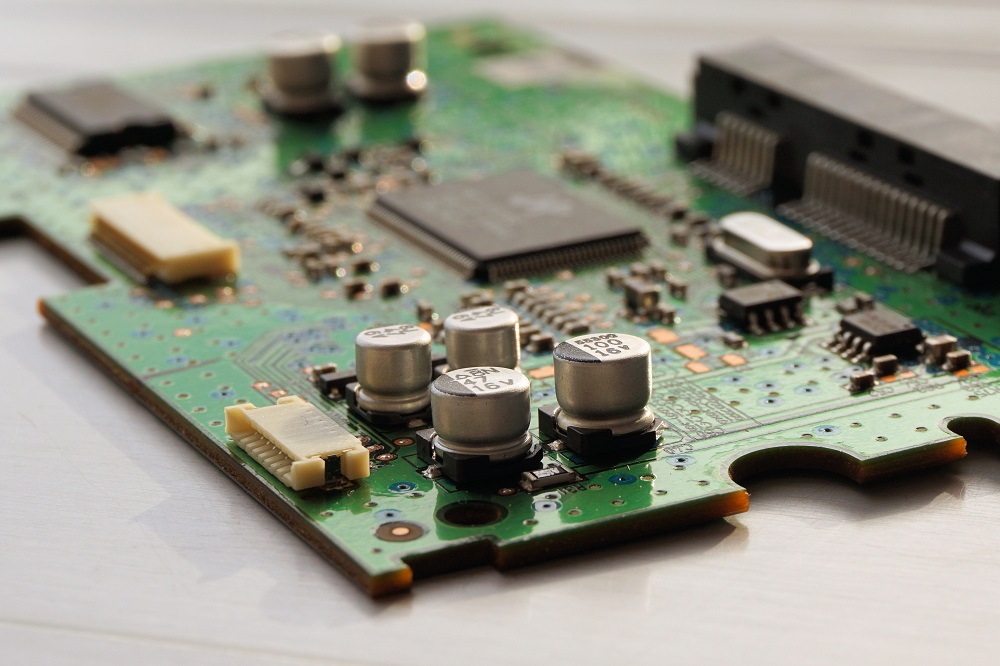- All
- Product Name
- Product Keyword
- Product Model
- Product Summary
- Product Description
- Multi Field Search
Views: 88 Author: Site Editor Publish Time: 2023-08-18 Origin: Site
DIN rail terminal blocks are essential components of electrical systems used in a wide range of industrial applications. They are designed to provide safe, reliable, and convenient electrical connections between devices on a DIN rail. However, safety is a critical concern when working with electricity, and it is essential to assess the safety of DIN rail terminal blocks before use.
Insulation: The insulation material used in DIN rail terminal blocks should be of high quality and able to withstand the expected operating conditions. Proper insulation ensures that the electrical connections are secure and reduces the risk of short circuits.
Current carrying capacity: The current carrying capacity of DIN rail terminal blocks should be sufficient to handle the expected current loads. Exceeding the rated current capacity can cause overheating and pose a safety hazard.
Voltage rating: The voltage rating of DIN rail terminal blocks should be appropriate for the expected operating voltage. Using a terminal block with a lower voltage rating than required can lead to electrical breakdown and pose a safety risk.
Terminal block spacing: Proper spacing between terminal blocks is essential to prevent short circuits and electrical arcing. Adequate spacing between terminal blocks reduces the risk of accidental contact between live wires.
Mechanical stability: DIN rail terminal blocks must be mechanically stable and secure on the DIN rail. Vibration or shock can cause the terminal blocks to become loose, leading to an increased risk of electrical arcing and short circuits.
Compliance with standards: DIN rail terminal blocks must comply with relevant safety standards, such as the International Electrotechnical Commission (IEC) and the Underwriters Laboratories (UL) standards. Compliance with standards ensures that the terminal blocks meet safety requirements and have undergone rigorous testing.

When assessing the safety of DIN rail terminal blocks, it is also essential to consider the installation process. Improper installation can compromise the safety of the terminal blocks and increase the risk of electrical hazards. Here are some installation best practices to ensure the safety of DIN rail terminal blocks:
Proper grounding: DIN rail terminal blocks must be properly grounded to prevent electrical hazards. The grounding conductor must be connected to the appropriate terminal block and securely fastened to the DIN rail.
Tightening torque: The screws used in DIN rail terminal blocks must be tightened to the recommended torque specification. Over-tightening or under-tightening can cause damage to the terminal block or lead to loose connections.
Wire preparation: Proper wire preparation is critical to ensuring a secure electrical connection. The wire insulation should be stripped to the appropriate length, and the conductor should be properly crimped or twisted before insertion into the terminal block.
Labeling: Proper labeling of DIN rail terminal blocks is essential to ensure safe and easy identification of electrical connections. Labeling should include the terminal block type, wire size, and connection information.
In conclusion, safety is a critical factor when working with DIN rail terminal blocks. Assessing the safety of terminal blocks involves considering factors such as insulation, current carrying capacity, voltage rating, terminal block spacing, mechanical stability, and compliance with safety standards. Additionally, proper installation practices must be followed to ensure safe and secure connections. By following safety guidelines and best practices, DIN rail terminal blocks can be used safely and effectively in a wide range of industrial applications.
This article covers the technical features of spring-loaded and push-in terminals, and both the advantages and disadvantages of these technologies when it comes to installation practices, commissioning, footprint and authorisation for the North American market. Why do we need spring terminal block ?
Wiring a terminal block correctly is a fundamental skill in electrical work, ensuring safe and reliable connections. This article will help you to understand the essential steps, from preparing your wires to securing them properly within various terminal block types.ContentWhat are Terminal Blocks?R
What is terminal block ?terminal block, also known as a connection terminal, is a modular block used in electrical and electronics systems to connect and secure electrical wires or cables. It serves as a convenient and organized way to make electrical connections, whether for power distribution, sig
Terminal electronics is the key point at which a conductor from a electronic component, device or network comes to an end.Terminal may also refer to an electrical connector at this endpoint, acting as the reusable interface to a conductor and creating a point where external circuits can be connected
Spring connectors, also known as spring-loaded connectors or pogo pins, are electrical connectors that use spring-loaded contacts to establish a temporary electrical connection. These connectors are commonly used in applications where repeated connections and disconnections are required, such as in
PCB terminal blocks are a vital electronic components in many electronic applications systems, allowing secure and reliable connections between printed circuit pcb boards and external wires. These terminal blocks are available in a variety of sizes, types, and materials to meet the specific needs o